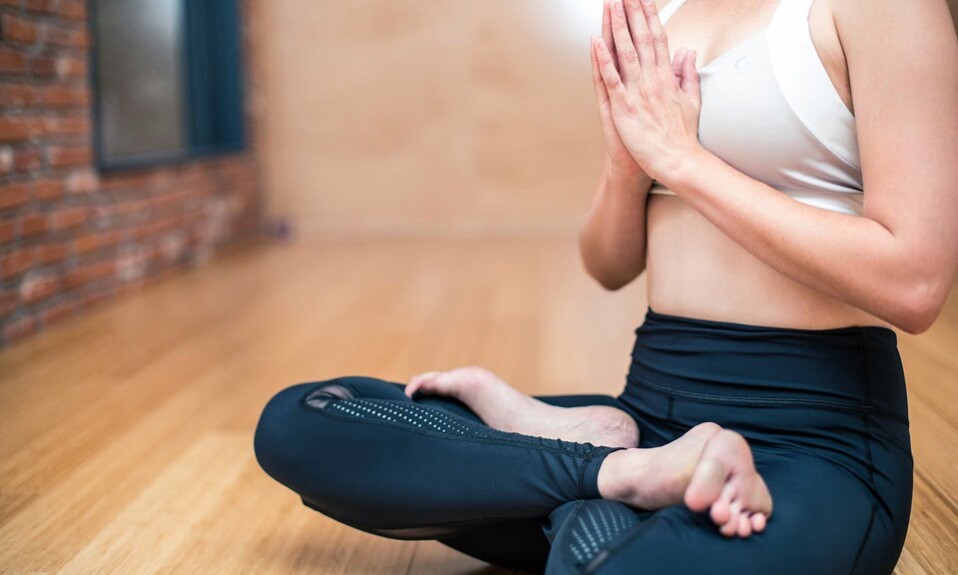If you’ve been practicing yoga for a while, you may be looking for a new way to challenge yourself both mentally and physically. SUP Yoga, or Stand Up Paddleboard Yoga, is a growing trend that offers a fresh take on traditional yoga by combining the practice with paddleboarding. Not only does it test your balance and core strength, but it also brings you closer to nature, adding a unique element of mindfulness as you float on water. So, can SUP Yoga provide the variation you’re seeking? Let’s dive into this exciting twist on yoga practice.
What is SUP Yoga?
SUP Yoga, short for Stand Up Paddleboard Yoga, involves practicing yoga postures on a stand-up paddleboard in a body of water. This could be on a calm lake, in the ocean, or even a pool. The instability of the paddleboard requires extra engagement of your core muscles and provides a fantastic way to build balance. More than just a workout, it connects you with nature in a soothing environment, surrounded by the tranquility of water.
The Benefits of SUP Yoga
SUP Yoga offers a range of benefits for both seasoned yogis and beginners alike. Practicing yoga on a paddleboard adds an additional layer of difficulty, as maintaining stability becomes a key focus. Let’s look at the primary advantages SUP Yoga offers:
Enhanced Balance and Core Strength
Practicing SUP Yoga requires more balance than regular yoga. Every movement and posture demands heightened core engagement as you work to keep the board stable on the water’s surface. Even familiar postures like Downward Dog feel different on a paddleboard, testing your balance in new ways.
Increased Focus and Mindfulness
The gentle movement of water forces you to remain present in every pose. Distractions from daily life disappear as your focus narrows down to staying balanced and flowing with the board. This aspect of SUP Yoga cultivates mindfulness, making it an excellent practice for calming the mind and enhancing your focus.
A Full-Body Workout
SUP Yoga combines the benefits of yoga with the full-body workout that paddleboarding provides. Your legs stabilize the board, your arms assist with paddling, and your core keeps you balanced. This results in a low-impact but highly effective workout that builds strength, flexibility, and endurance.
Why SUP Yoga is a Fresh Take on Traditional Practice
Combining Paddleboarding and Yoga
The fusion of paddleboarding and yoga is what makes SUP Yoga so unique. Paddleboarding itself is a fun activity that engages your entire body, especially your core. Adding yoga to this already challenging activity takes it to another level, blending fitness with mindfulness. The unpredictability of water adds spontaneity, making each practice session feel fresh and different.
Connection to Nature
Practicing yoga outdoors is always rejuvenating, but when you’re floating on water, that connection to nature deepens. SUP Yoga lets you experience the sounds of water, the breeze, and the warmth of the sun, which can make your practice more meditative and restorative. This environment can promote relaxation and reduce stress, all while engaging your muscles.
Accessible for All Levels
SUP Yoga may seem intimidating at first, but it’s accessible to yogis of all levels. Beginners can start with basic postures like seated stretches or gentle Warrior poses, while advanced practitioners can attempt more challenging postures like Crow or even Headstands on the board. The level of difficulty is easily adjustable based on your comfort and experience.
Tips for Getting Started with SUP Yoga
Ready to try SUP Yoga? Here are a few tips to help you get started on the right foot.
Choose Calm Water
For your first SUP Yoga session, select a location with calm water, such as a lake or a gentle bay. This will help you maintain stability on the paddleboard and allow you to focus more on your practice than fighting against waves.
Use the Right Gear
Invest in a wide, stable paddleboard designed for yoga. These boards are typically wider than regular SUP boards to provide more surface area for movement. Also, make sure to use a good-quality anchor to keep your board in place while you practice.
Start with Basic Poses
If you’re new to SUP Yoga, start with basic poses such as Mountain Pose or Child’s Pose. Gradually move into more challenging poses as you become more comfortable with the balance required. Don’t be afraid to fall in—SUP Yoga is as much about having fun as it is about improving your practice.
Stay Mindful
SUP Yoga requires deep concentration to maintain balance. Focus on your breathing and body alignment, and let go of any tension. The more relaxed and mindful you are, the better your practice will be.
Why You Should Try SUP Yoga
SUP Yoga is more than just a workout; it’s an experience that blends fitness, mindfulness, and nature in a way that rejuvenates both the body and mind. Whether you’re a seasoned yogi looking for a new challenge or a beginner seeking an exciting way to get into yoga, SUP Yoga offers a fresh take on your practice. With benefits ranging from improved balance and strength to increased mindfulness, it’s an activity worth trying.
Conclusion
SUP Yoga truly is a fresh take on yoga practice, combining the calming effects of water with the physical challenges of paddleboarding and yoga. If you’re looking for a unique way to enhance your fitness routine while connecting with nature, SUP Yoga may be the perfect fit. So grab your board, paddle out to the water, and experience the flow of SUP Yoga for yourself!





